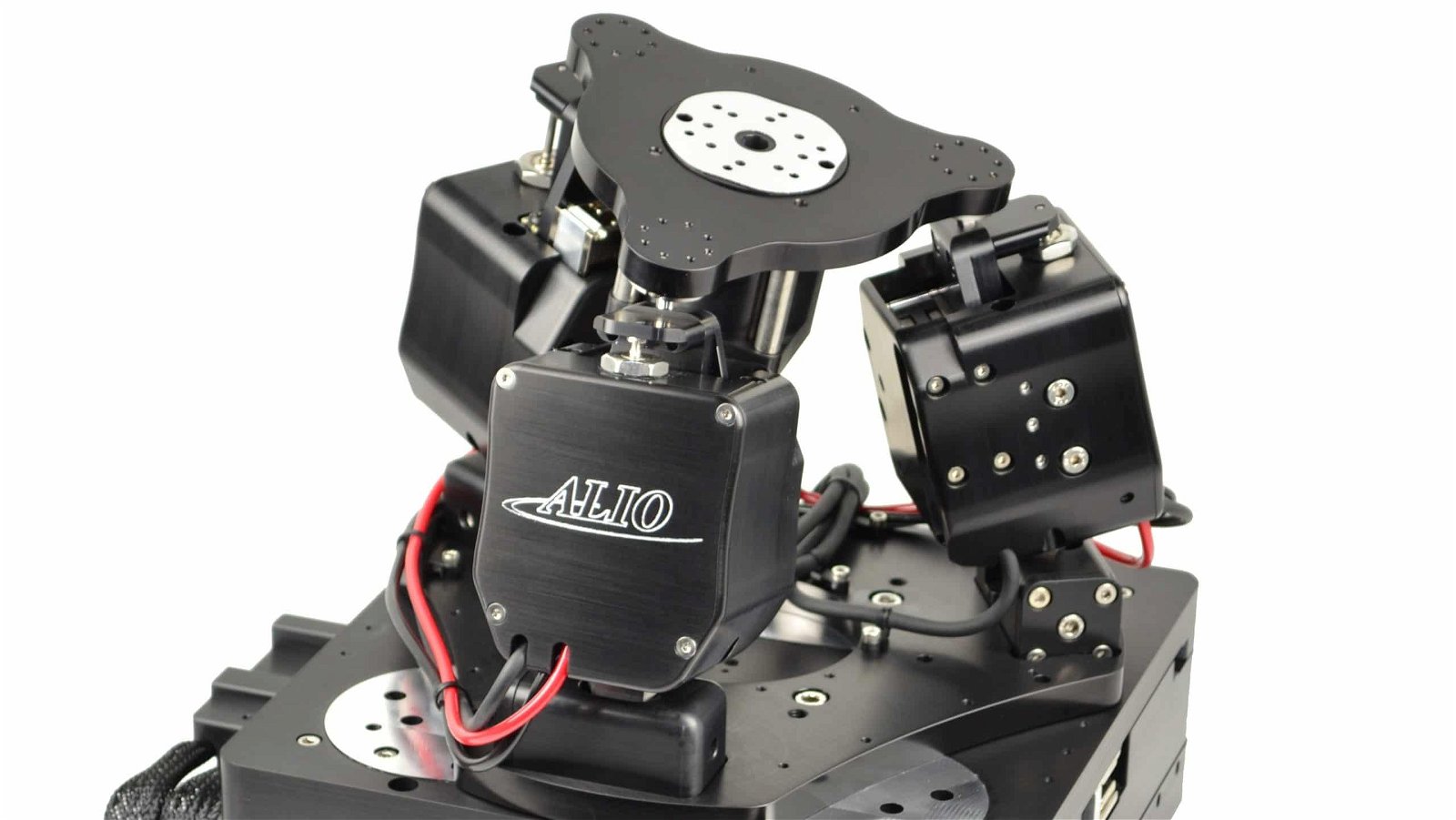
ALIO Industries has spent 2019 working with numerous customers from across industry that are exploiting the ability to innovate through the use of true nanometer-level motion control solutions.
2019 has been a pivotal year for established nanometer-level motion control solution provider ALIO Industries. Throughout the year, news and coverage of ALIO’s Hybrid Hexapod® has reached every corner of industry globally, and the momentum that has been gained has been exciting as ALIO has helped existing and new customers reach new levels of precision in motion control.
Bill Hennessey says, “In many ways, the ultra-precise end of the motion control market is quite a confusing place to be, as the handful of extremely precise motion control suppliers tend to use non-consistent and often illusory ways of describing the levels of precision that they can attain. ALIO has always worked in the area of nanometer-level motion control, and as such has a unique perspective on what really works when looking for this level of precision. Because of this, during 2019, and with the Hybrid Hexapod® very much front and center, we have focussed on educating the customer base to navigate alternative solutions, and give them the tools to interrogate solutions providers in such a way that they can secure a motion control technology suited to their specific applications.”
In the area of hexapods, this has required ALIO Industries to identify where the usefulness of conventional hexapods expires, as it is here that the Hybrid Hexapod® finds its unique niche.
Hexapods are motion control technologies that operate with 6 degrees of freedom (DOF), and the standard hexapods that abound on the market today satisfactorily service applications where micron motion tolerances are required, but as the demand for nanometer requirements expands, standard hexapods struggle somewhat.
This is because there are performance limitations inherent in all “conventional” hexapod designs. They operate within 3-dimensional space, and have errors in all 6 DOF. However, hexapod motion systems have typically only been characterized by performance data of a single degree of freedom. This practice leaves error sources unaccounted for in several degrees of freedom, especially in the areas of flatness and straightness, which are critical precision needs at the nanometer-level. The hexapod’s best flatness and straightness of travel is still no more precise than in the order of magnitude of tens of microns per axis.
Because hexapods have six independently controlled links joined together moving a common platform, the motion error of the platform will be a function of the errors of ALL links and joints. Hexapods are known to have optimum accuracy and repeatability when performing Z-axis moves, because all links perform the same motion at the same relative link angle. However, when any other X, Y, pitch, yaw or roll motion is commanded, accuracy and geometric path performance of the hexapod degrades substantially because all links are performing different motions. In the case of legacy hexapods built with non-precision joints and motion controllers that are not capable of forward and inverse kinematics equations, the source of error is even more pronounced.
Furthermore, it is generally accepted that hexapods have relatively good stiffness compared to serial stacked multi-axis systems. However, it is often only the hexapod’s “Z” (vertical) stiffness that is considered. Geometric design stiffness has a critical impact on and hexapod’s platform repeatability and rigidity. A lack of design stiffness relates directly to a weak XY plane stiffness with the conventional hexapod working platform. Moreover, this inherent design flaw of the conventional hexapod negatively affects XY axis performance, especially with thermal bonding or machining applications that require more force to be performed accurately within the XY plane.
The Hybrid Hexapod® was developed by ALIO to address the critical weaknesses of conventional legacy hexapod designs, as well as the weaknesses of stacked serial stages, and to achieve nanometer -level accuracy, repeatability, and high-integrity flatness and straightness during motion. It utilizes a tripod parallel kinematics structure to deliver Z plane and tip/tilt motion, integrated with a monolithic serial kinematic structure for XY motion. A rotary stage integrated into the top of the tripod (or underneath it depending on application needs) provides 360-degree continuous yaw rotation. In this hybrid design, individual axes can be customized to provide travel ranges from millimeters to over one meter, while maintaining nanometer-levels of precision.
Hennessey continues, “Engineers working at the cutting edge of what is possible must be stimulated to ask more as they see that this technology reaches places others cannot, has the potential to promote innovations, and can optimise efficiency and cost-effectiveness in manufacture. The Hybrid Hexapod® is orders of magnitude more precise than traditional hexapods, being 100 x stiffer, 30 x faster, and with 10x the usable work envelope of industry standard options.”
ALIO is always eager to discuss how the Hybrid Hexapod® can be used to benefit customer applications, and the company will work to customize specific solutions for particular customer applications.
Get in touch with ALIO: Expert solutions for your precision motion control needs